High-Precision Worm Wheel for Efficient Power Transmission
Tel: +86 13451474678 | Mobile: +86 13451474678
Email: hbzinanmech@gmail.com
Address: Shijiazhuang, Hebei Province, China
The modern mechanical industry is witnessing a technological revolution. Among gears, the worm wheel, spiral gear, and spiral gears play pivotal roles in motion transmission and power control across various applications. Worm wheel mechanisms are prized for their ability to provide substantial speed reduction, high torque output, smooth operation, and compact layouts. With the increasing demands for compact, robust, and energy-efficient mechanical systems, the evolution of worm wheels and their allied products has drawn attention from both academic and industrial communities (ScienceDirect - Worm Gear Research).
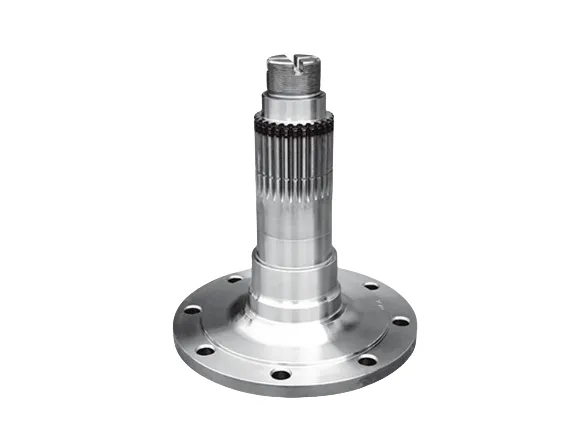
Worm wheel assemblies—comprising a worm (resembling a screw) and a worm gear (or wheel)—allow for right-angle, non-intersecting power transmission with a notably high gear ratio. The self-locking characteristic of many worm wheel systems is instrumental in preventing back-driving, making them vital for hoisting, actuator, and elevator mechanisms.
On the other hand, spiral gear and spiral gears, referring to gears with helical or curved teeth, are lauded for their ability to deliver smoother and quieter operation compared to their straight-cut counterparts. Their helicoidal teeth increase tooth engagement time, enhancing load capacity and reducing vibration. Both worm wheel and spiral gears are foundational in the design of high-performance powertrains, industrial robots, and automated machinery.
According to Engineering.com, there is a pronounced shift toward higher precision, endurance, and efficiency in the gear manufacturing sector. Digitalization, additive manufacturing, and the integration of advanced surface treatments have all contributed to the enhanced lifespan of worm wheel and spiral gear mechanisms (GearTech Review 2023).
As Industry 4.0 unfolds worldwide, demand for advanced power transmission solutions—especially in robotics, automotive, and aerospace—has spurred research into materials science, surface hardening, and smart gear monitoring systems. Worm wheels, in particular, are benefiting from this new wave of innovation, with improved wear resistance, optimized tooth geometry, and increased transmission efficiency becoming new industry standards.
| Parameter | Description | Typical Range |
|---|---|---|
| Module (m) | Defines the size and pitch of the gear teeth | 0.5 – 10 mm |
| Number of Teeth (z) | Total teeth on worm wheel (gear) | 12 – 120 |
| Worm Pitch Diameter (d1) | Diameter measured across the worm gear | 10 – 300 mm |
| Center Distance (a) | Distance between worm and gear axes | 20 – 400 mm |
| Gear Material | Common alloys used for improved durability | Bronze, Steel, Cast Iron, Nylon |
| Efficiency (%) | Transmission efficiency (coefficient) | 25% – 98% |
| Strength Grade | Standard mechanical property level | Grade 8.8, 10.9, 12.9 |
| Lubrication Type | Lubricants & base application | EP Grease, Synthetic Oil, Dry |
Product Website: https://www.zinanmech.com/side-reduction-flange-shaft.html
Product Introduction:
The Side Reduction Flange Shaft is a specialized mechanical component designed to transmit torque and rotational motion in a wide range of machinery. Its unique design, which incorporates a flange and an edge-reduction profile, ensures precise alignment and efficient power transfer while withstanding high loads and challenging working conditions. It is extensively used in conjunction with worm wheel and spiral gear systems as a reliable drive interface in industrial powertrains, conveying modules, automated lifting platforms, and heavy-duty equipment.
| Parameter | Unit | Range/Rating |
|---|---|---|
| Outer Diameter | mm | 40 – 320 |
| Flange Thickness | mm | 8 – 45 |
| Transmission Torque | Nm | 400 – 12,000 |
| Shaft Material | - | Alloy Steel, Chromium Steel |
| Surface Treatment | - | Nitriding, Black Oxide, Phosphorization |
| Applicable Speed | rpm | 10 – 1,600 |
| Concentricity | mm | <0.05 |
| Working Temperature | °C | -30 – 200 |
- Industrial Automation: Robotics, conveyor lines, and pick-and-place systems leveraging worm wheel assemblies for compact, high-precision motion reduction.
- Heavy Lifting Machinery: Integration of high-torque worm wheel and Side Reduction Flange Shaft for screw jacks, cranes, and elevator drives.
- Automotive Transmissions: Use of spiral gears for smoother power transfer and reduced transmission noise in passenger and commercial vehicles.
- Packaging and Processing Equipment: Worm wheel drives ensure stable, synchronized movement of conveyors & rotary tables.
- Aerospace and Defense Applications: Enhanced worm wheel's self-locking properties used in actuation and flap drive assemblies.
- Renewable Energy: Wind turbine pitch mechanisms and solar tracking systems benefit from spiral gear precision and worm wheel's shock-load resistance.
-
Q: What are the standard materials used for worm wheel and spiral gears?
A: Common materials include bronze (for wheels), hardened steel/alloy steel (for worms or shafts), and high-performance polymers in some light-duty applications, offering a trade-off between wear resistance and cost (Gear Technology Magazine). -
Q: What is the typical range for gear module and why is it important?
A: Module (m) typically ranges from 0.5mm up to 10mm, defining tooth pitch and strength; optimizing module is key to matching load requirements and achieving precise transmission. -
Q: Which international standards govern worm wheel dimensions and tolerances?
A: Standards such as ISO 606, DIN 3971, and AGMA 2006-A05 provide norms for worm wheel geometry, permissible errors, and machining tolerances (ISO 606:2023). -
Q: How does self-locking work in worm wheel drives?
A: If the lead angle and friction coefficient exceed a certain threshold, the worm cannot be back-driven by the load, ensuring mechanical safety in hoisting and actuators (Machine Design: Worm Gears). -
Q: What are the most common surface treatments for Side Reduction Flange Shaft?
A: Nitriding, black oxide, and phosphorization are commonly applied to increase fatigue strength, resist corrosion, and improve surface lubricity of the shaft. -
Q: How does a spiral gear differ from a traditional worm wheel in terms of noise and efficiency?
A: Spiral gears, with their curved/helicoïdal teeth, minimize gear mesh noise and operate with higher efficiency at high speeds, compared to the inherently higher-sliding, lower-efficiency classic worm wheel. -
Q: What are the latest technological advancements in worm wheel manufacturing?
A: Recent trends include CNC machining for precision, laser surface hardening, and the application of smart sensors for condition monitoring (see Journal of Manufacturing Processes).
At Zinan Technology Co., Ltd., we leverage decades of expertise in precision machining, advanced materials selection, and rigorous QC processes to deliver worm wheel, spiral gear, and Side Reduction Flange Shaft solutions that surpass industrial benchmarks. Our adherence to ISO, AGMA, and DIN standards, along with the direct feedback from international clients in critical sectors, reinforces our authority and reliability as a supplier (Engineering for Change: Gear Manufacturing Processes).
2. Engineering.com: The Growing Market for Gears
3. Gear Technology Magazine
4. ISO 606: Latest Worm Gear Standards
5. ResearchGate: Innovations in Gear Manufacturing
6. Machine Design: Worm Gears
7. Journal of Manufacturing Processes - Advances in Gear Machining
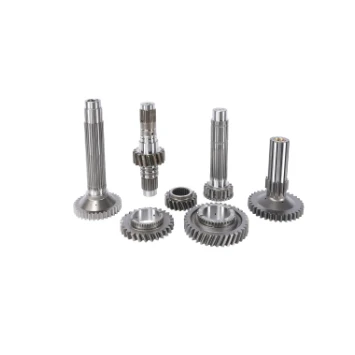
The agricultural and industrial machinery sector is experiencing remarkable growth, and at the heart of this expansion lies the trade and supply of tractors.
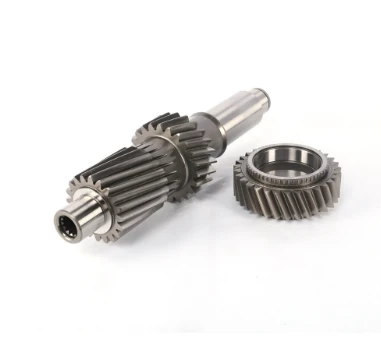
In the world of heavy - duty construction, the seamless operation of machinery is crucial for large - scale projects.
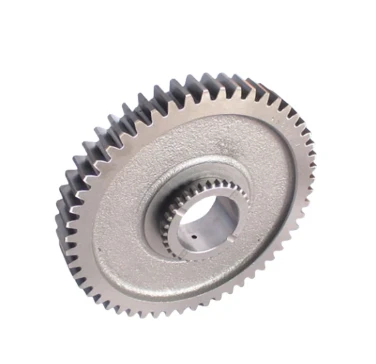
The world of tractors is vast and varied, catering to both practical agricultural needs and the passionate interests of collectors.
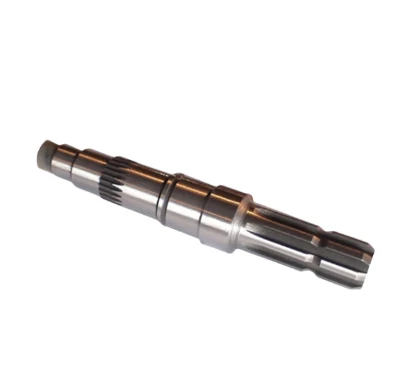
The agricultural and construction machinery landscape is constantly evolving, with tractors standing as essential workhorses for a variety of tasks.
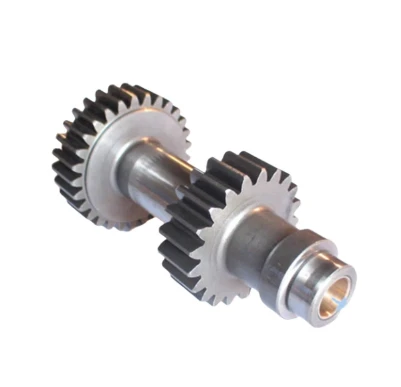
In the intricate world of mechanical engineering, gears are fundamental components that enable the seamless transfer and manipulation of power.
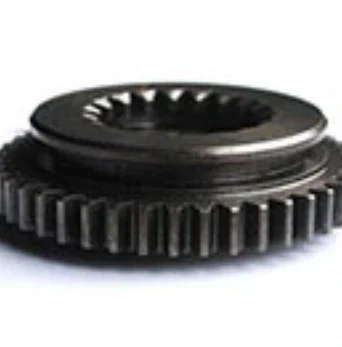
The market for tractors is a bustling hub, catering to a wide range of needs from large - scale farming operations to small - scale gardening projects.
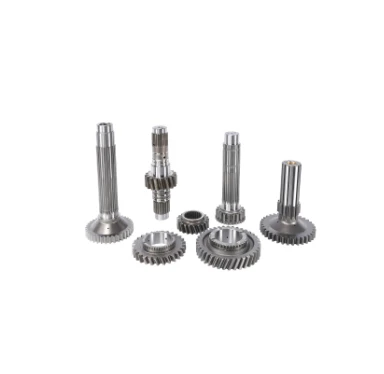
In the dynamic world of farming, machinery has become an essential part of efficient and productive operations.
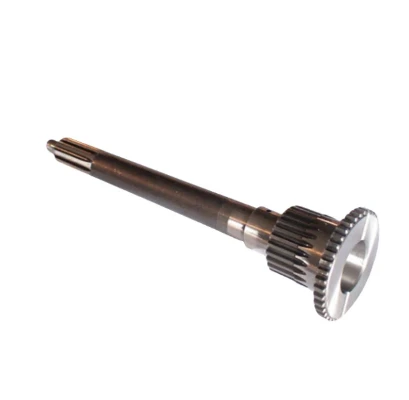
In the expansive realm of agriculture, various tools and machines play crucial roles in ensuring efficient crop production and overall farm management.
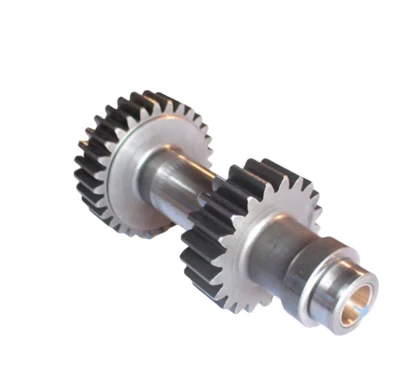
Tractors are essential workhorses in the agricultural and construction sectors, playing a pivotal role in a wide range of tasks.
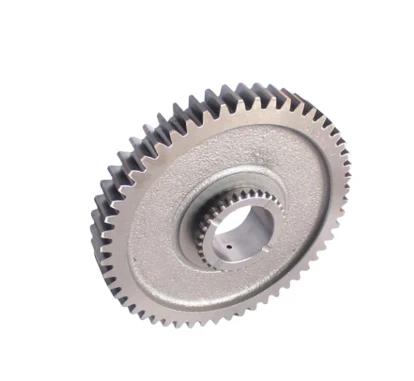
The agricultural and construction sectors rely heavily on tractors for their operations, and the entities involved in the production, distribution, and pricing of these machines shape the industry's trajectory.
International layout
Spread all over the world
our products are exported to various parts of the world. Currently, our products have been exported to more than 40 countries Our products cover Asia, Europe, Africa, South America, North America, and Oceania
Sign up
for Newsletter
Subscribe to the weekly newsletter for all the latest updates







